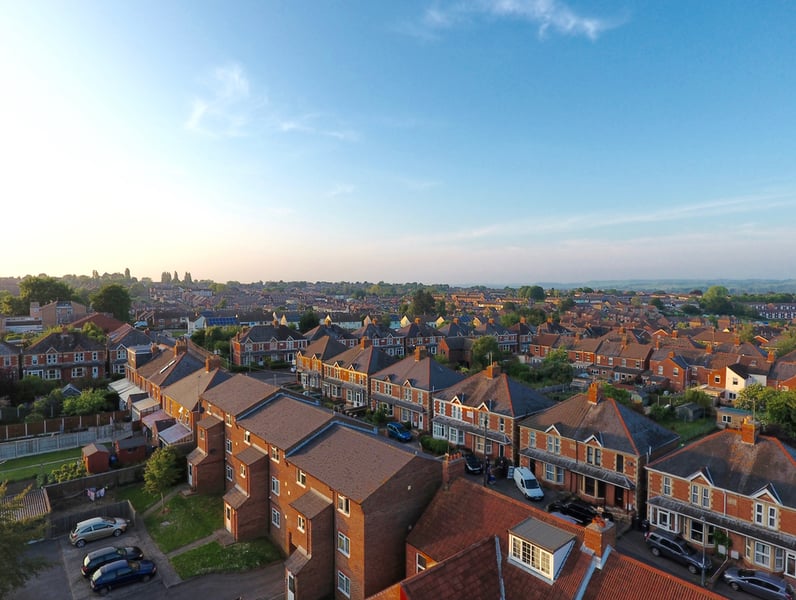House prices rose from 1.5% in Q3 to 2.3% in Q4.

UK house prices rose at an annual rate of 2.3% during Q4 2019, up from Q3’s 1.5%, a regional breakdown of the Halifax House Price Index has found.
Despite the positive end to the year, the regional breakdown of the data by IHS Markit revealed that 2019 saw the housing market endure its weakest performance since 2012.
Prices rose by a modest 2%, down from the 3% rise recorded in 2018 and an average increase of 3.7% during the last decade.
Paul Smith, economics director at IHS Markit, said: “In line with other economic indicators, the end of 2019 indicated the UK housing market enjoyed some positive momentum into the new year, but notable differences in regional performance persisted.
“Whilst there was evidence that the fog of uncertainty related to Brexit and the recent election has been lifted, helping to release some pent-up demand, prices remain under pressure in London and the south of England, in contrast to robust gains seen across Wales and the northern regions of the UK.
“Looking to 2020, the fundamentals of strong employment, decent earnings growth and the wide availability of cheap long-term financing deals will provide ongoing support to prices.
“However, the inevitable uncertainty around the UK’s future relationship with key trading partners is set to keep a lid on activity.
“The continuation of modest inflation is therefore again the most likely outcome for 2020.”
House movers recorded an increase in prices of 1.8% in 2019, the lowest rise for seven years.
First-time buyers registered a slight uptick of inflation to 2.5%.
By property type, new house price inflation was 1.9% compared to 3% in 2018.
Price rises for existing properties was slightly higher than new ones, coming in at 2.1% for 2019.
House prices remained under pressure across much of the south of England.
The South East and Greater London recorded year-on-year price declines in the fourth quarter (-0.1%).
In contrast, Wales (6.5%) remains the strongest performing in terms of house price inflation.
Meanwhile across the north of England inflation rates were all above 4%.
Despite easing to a one-year low, price inflation in Scotland remained marked at 3.8%.
In the Midlands, both the East (2.6%) and the West (2.2%) recorded price increases that were broadly in line with the national average.


